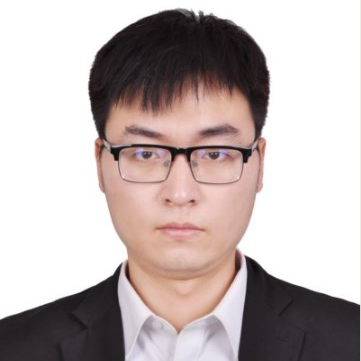The Study of Low Frequency Vibration and Noise Reduction
A special issue of Symmetry (ISSN 2073-8994). This special issue belongs to the section "Physics".
Deadline for manuscript submissions: closed (31 October 2021) | Viewed by 13682
Special Issue Editor
Interests: noise and vibration reduction; acoustic metamaterial; underwater absorption/insulation; composite porous metastructure
Special Issues, Collections and Topics in MDPI journals
Special Issue Information
Dear Colleagues,
Vibration and noise control is a very practical research field for a long time. In the past decade, many control methods and new materials and structures have emerged to solve the problem of low-frequency vibration and noise. For example, acoustic black holes are used to control bending waves in thin plates, acoustic metamaterials are used to achieve low-frequency broadband sound absorption and low-frequency high sound insulation, and elastic metasurfaces are used to control elastic wave transmission. The continuous exploration in this field not only enriches the basic theory of vibration and noise but also plays a huge application potential in related products in industry. This Special Issue welcomes researchers to contribute to the field of vibration and noise control, including control methods, structures, materials, and the discovery of new physical mechanisms. Vibration and noise control is a very practical research field. Because the length of low-frequency acoustic wave and elastic wave are too large for the structure size, the control of low-frequency internal vibration and noise has been a very challenging and hot research topic. Natural materials and some classical structures have been unable to meet the increasing comfort requirements. In the past decade, many control methods and new materials and structures have been developed to solve the problem of low-frequency vibration and noise. For example, acoustic black holes are used to control bending waves in thin plates, acoustic metamaterials are used to achieve low-frequency broadband sound absorption and low-frequency high sound insulation, and elastic metasurfaces are used to control elastic wave transmission. The continuous exploration in this field not only enriches the basic theory of vibration and noise but also promotes the development of physics, materials science, and other disciplines, and also has significant application potential in related industrial products. This Special Issue welcomes contributions from researchers in the field of vibration and noise control, including vibration and noise control methods, new structures, new materials, new physical mechanisms, and new experimental methods.
Dr. Nansha Gao
Guest Editor
Manuscript Submission Information
Manuscripts should be submitted online at www.mdpi.com by registering and logging in to this website. Once you are registered, click here to go to the submission form. Manuscripts can be submitted until the deadline. All submissions that pass pre-check are peer-reviewed. Accepted papers will be published continuously in the journal (as soon as accepted) and will be listed together on the special issue website. Research articles, review articles as well as short communications are invited. For planned papers, a title and short abstract (about 250 words) can be sent to the Editorial Office for assessment.
Submitted manuscripts should not have been published previously, nor be under consideration for publication elsewhere (except conference proceedings papers). All manuscripts are thoroughly refereed through a single-blind peer-review process. A guide for authors and other relevant information for submission of manuscripts is available on the Instructions for Authors page. Symmetry is an international peer-reviewed open access monthly journal published by MDPI.
Please visit the Instructions for Authors page before submitting a manuscript. The Article Processing Charge (APC) for publication in this open access journal is 2400 CHF (Swiss Francs). Submitted papers should be well formatted and use good English. Authors may use MDPI's English editing service prior to publication or during author revisions.
Keywords
- metamaterials
- vibration and noise reduction
- acoustic black hole
- fluctuation control
- control methods
Benefits of Publishing in a Special Issue
- Ease of navigation: Grouping papers by topic helps scholars navigate broad scope journals more efficiently.
- Greater discoverability: Special Issues support the reach and impact of scientific research. Articles in Special Issues are more discoverable and cited more frequently.
- Expansion of research network: Special Issues facilitate connections among authors, fostering scientific collaborations.
- External promotion: Articles in Special Issues are often promoted through the journal's social media, increasing their visibility.
- Reprint: MDPI Books provides the opportunity to republish successful Special Issues in book format, both online and in print.
Further information on MDPI's Special Issue policies can be found here.





